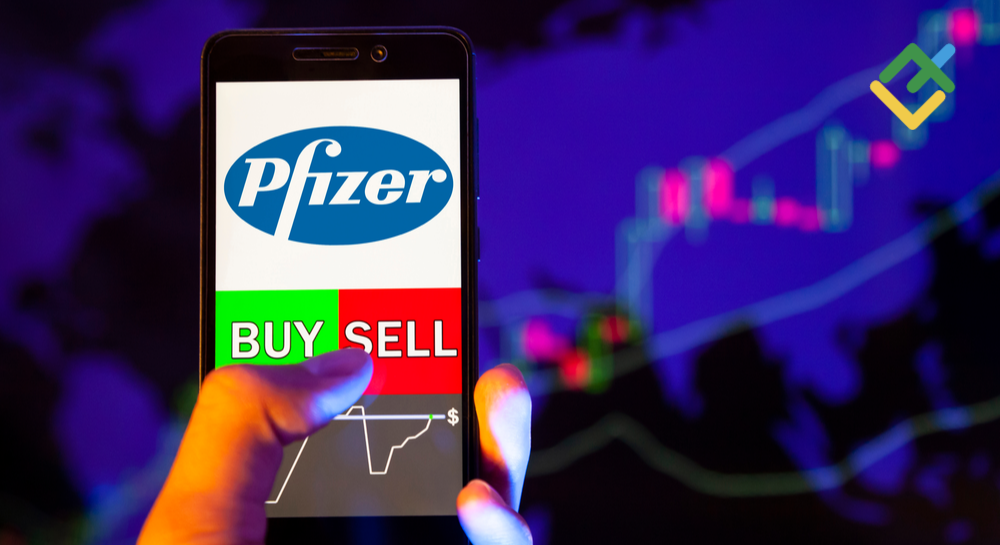Mastercard is phasing out manual card entry for a
one-click online payments, according to a statement by the card payment giant
today (Wednesday).
According to the company, while in-store transactions
have become nearly effortless with contactless payments, online shoppers still
type in their 16-digit card numbers, expiry dates, and security codes. Mastercard aims to change this as it expects online
payments to shift to a one-click experience by eliminating manual card entry
entirely by 2030.
From Carbon Copies to Digital Tokens
Credit cards have evolved significantly since their
introduction in the 1950s, Mastercard explained. In the early days, clerks
reportedly manually verified card numbers, and mechanical ‘zip-zap’ machines
imprinted them on carbon paper receipts.
Later, magnetic stripes, chip cards, and contactless
payments revolutionized the way people pay in stores. However, online
transactions haven’t advanced at the same pace, leaving consumers to manually
enter card details or store them with multiple merchants, increasing security
risks.
Storing card details with multiple merchants has led
to rising concerns over fraud. Cybercriminals frequently target merchant
databases to steal consumer payment data.
A 2023 study estimated that online payment fraud
losses will surpass $91 billion by 2028. To address this, Mastercard introduced
tokenization, a system that replaces actual card numbers with randomly
generated tokens.
Tokenization in Digital Payments
Mastercard first developed the tokenization standard
in 2013, later adopted globally by EMVCo, the industry body for payment
standards. According to the company, tokenization enhances security but also
improves transaction approval rates and reduces fraud.
Today, more than 30% of Mastercard transactions
globally are tokenized, with more digital tokens in circulation than physical
cards. Tokenization is just the beginning.
Mastercard is now working with banks, fintechs, and
merchants to introduce a universal one-click checkout button across all online
platforms by 2030. The goal is to eliminate manual card entry entirely and make
online payments as effortless as tapping a card in-store.
Mastercard embeds Click to Pay as an online checkout
solution that removes the need to manually enter card details. Additionally,
biometric authentication via passkeys will soon replace passwords and one-time
passcodes, allowing users to authorize payments with fingerprint or facial
recognition, just like unlocking a smartphone.
Mastercard is phasing out manual card entry for a
one-click online payments, according to a statement by the card payment giant
today (Wednesday).
According to the company, while in-store transactions
have become nearly effortless with contactless payments, online shoppers still
type in their 16-digit card numbers, expiry dates, and security codes. Mastercard aims to change this as it expects online
payments to shift to a one-click experience by eliminating manual card entry
entirely by 2030.
From Carbon Copies to Digital Tokens
Credit cards have evolved significantly since their
introduction in the 1950s, Mastercard explained. In the early days, clerks
reportedly manually verified card numbers, and mechanical ‘zip-zap’ machines
imprinted them on carbon paper receipts.
Later, magnetic stripes, chip cards, and contactless
payments revolutionized the way people pay in stores. However, online
transactions haven’t advanced at the same pace, leaving consumers to manually
enter card details or store them with multiple merchants, increasing security
risks.
Storing card details with multiple merchants has led
to rising concerns over fraud. Cybercriminals frequently target merchant
databases to steal consumer payment data.
A 2023 study estimated that online payment fraud
losses will surpass $91 billion by 2028. To address this, Mastercard introduced
tokenization, a system that replaces actual card numbers with randomly
generated tokens.
Tokenization in Digital Payments
Mastercard first developed the tokenization standard
in 2013, later adopted globally by EMVCo, the industry body for payment
standards. According to the company, tokenization enhances security but also
improves transaction approval rates and reduces fraud.
Today, more than 30% of Mastercard transactions
globally are tokenized, with more digital tokens in circulation than physical
cards. Tokenization is just the beginning.
Mastercard is now working with banks, fintechs, and
merchants to introduce a universal one-click checkout button across all online
platforms by 2030. The goal is to eliminate manual card entry entirely and make
online payments as effortless as tapping a card in-store.
Mastercard embeds Click to Pay as an online checkout
solution that removes the need to manually enter card details. Additionally,
biometric authentication via passkeys will soon replace passwords and one-time
passcodes, allowing users to authorize payments with fingerprint or facial
recognition, just like unlocking a smartphone.
This post is originally published on FINANCEMAGNATES.

